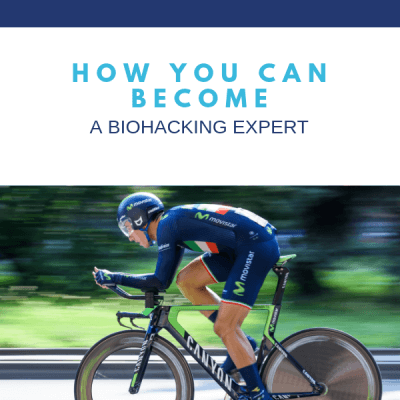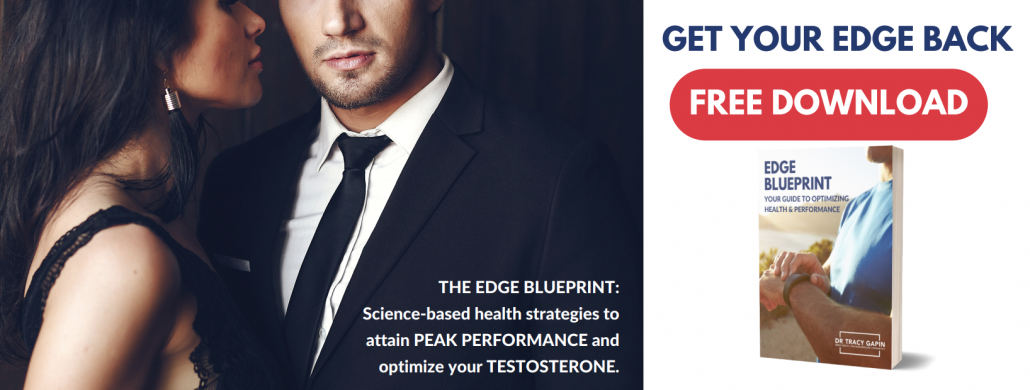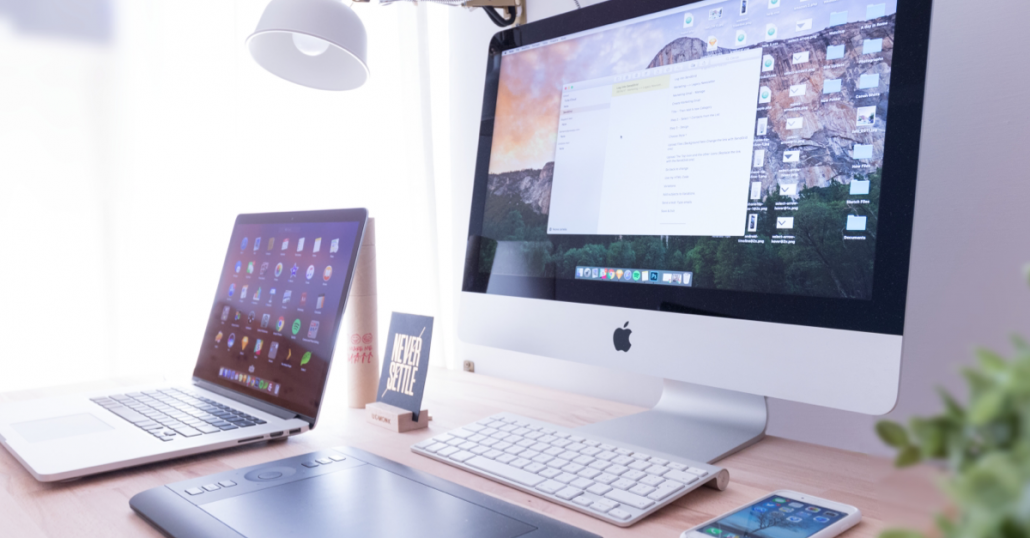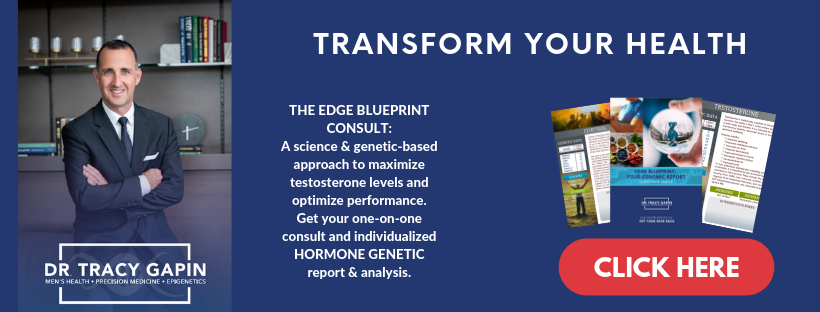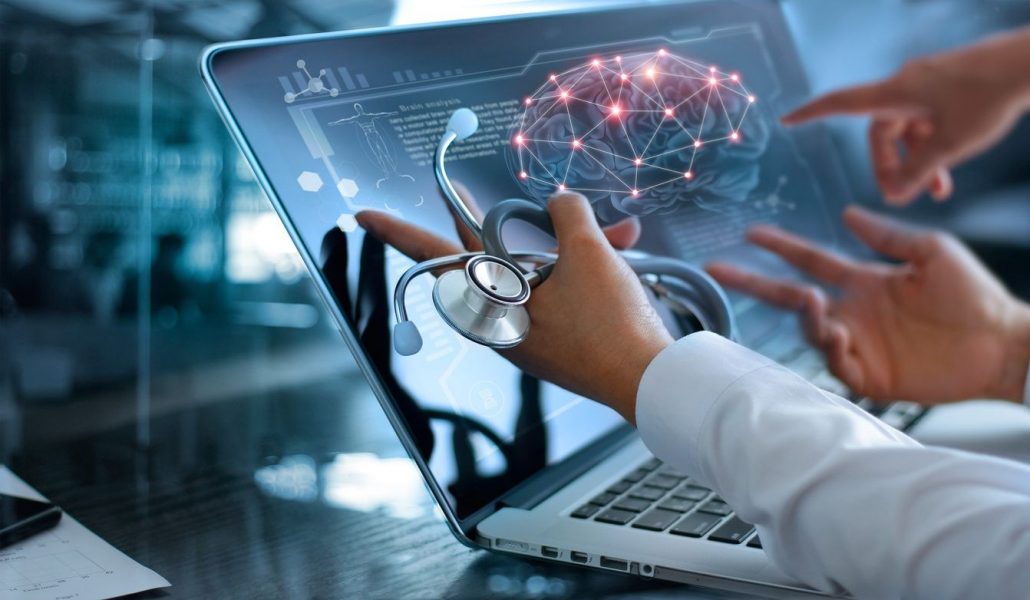
Erectile dysfunction, or ED, occurs when a man has difficulty achieving or maintaining an erection for sexual intercourse. It can be awkward and cause feelings of inadequacy. While ED can be a very distressing health issue, it can also be embarrassing to discuss with your health provider or physician.
ED is very common, with some research estimating that it affects about one in two American men over 40. (1) It’s up there with hair loss, weight gain, and low testosterone for the most popular men’s health concerns.
The good news is that there are several safe and effective ways to increase male libido and improve symptoms of ED. In this article, I’ll review some of the research on ED and provide some effective options for guys to improve their sexual performance and stop ED in its tracks.
What Causes Erectile Dysfunction?
To begin with, let’s take a bit of a look at what causes ED.
Erections occur when sexual stimulation causes the body to send out neurochemicals that relax muscles and increase blood flow to the penis. This causes the penis to enlarge and harden.
Because this process involves a complex combination of psychological input and biological mechanisms, there are a number of ways it can go wrong. Both psychological and physical factors, as well as lifestyle factors, can cause or contribute to ED. (1, 2, 3) Here are some of the most common causes of ED:
Psychological factors:
- Stress
- Anxiety
- Depression
Physical factors:
- Diabetes
- High blood pressure
- Nerve damage
- Neurological disorders
- Stroke
- Blood clots
- Atherosclerosis
- Spinal disease
Lifestyle factors:
- Smoking
- Alcohol
- Drug abuse
- Inactivity
- Other medications like antidepressants
Each of these may be enough to cause symptoms of ED on their own, but they can also occur together. So what can a guy do to prevent or treat ED?
Diet and Erectile Dysfunction
Several studies have shown that good nutrition can actually help prevent ED. If you put garbage into your body, you’re not going to get your best out of it. You want to make sure you’re fueling yourself with high-quality, nutritious foods so you can maximize your performance in all respects, including in the bedroom.

Foods to choose
In general, aim for non-processed, fresh foods and a diet rich in vegetables, healthy fats, and fish (6). The Mediterranean diet seems to be particularly effective for preventing ED. (4)
Some particular foods may be especially useful for protecting against ED. These include:
- Pistachios (5)
- Watermelon
- Leafy greens
- Beets
- Dark chocolate
- Oysters
- Shellfish
- Tomatoes
- Pink Grapefruit
- Onions and garlic
- Cranberries
- Tea
- Peanuts
Foods to avoid
Some foods are known to contribute to ED symptoms, so try to avoid them. Common ones include (6):
- Excessive Alcohol
- Red meat
- Full fat dairy
- Sugary foods and drinks (7)
- Foods that are high in saturated and trans fats
- White bread and processed foods (8)
Supplements
Can supplements help ED? It appears that some can be effective erectile dysfunction remedies. Here are some of the better-known supplements that can help improve ED:
Exercises to Help Erectile Dysfunction
Exercise is probably the best natural remedy for erectile dysfunction. Improving cardiovascular fitness together with maintaining a healthy weight have both been shown to be especially effective at helping men achieve satisfying erections.
Cardiovascular fitness
One of the causes of ED is inadequate or impeded blood flow to the penis. Studies have shown that people with ED typically have lower heart-rate variability (HRV), which suggests reduced vascular efficiency and poor overall health. (13) And research has found that moderate and high physical activity are associated with a lower risk of developing ED (6).
When a guy exercises, and especially when he challenges his cardiovascular system, he is training his body to pump his blood more efficiently. Cardiovascular exercise can also reduce hypertension and prevent cardiovascular disease, both of which are associated with ED.
More than that, exercise also has beneficial effects on a person’s self-esteem and mental health, each of which can positively impact the psychological factors associated with sexual dysfunction. (6)
Try to get at least 150 minutes of moderate-intensity aerobic exercise a week. (14) Common aerobic exercises are:
- Running
- Cycling
- Swimming
- Playing tennis
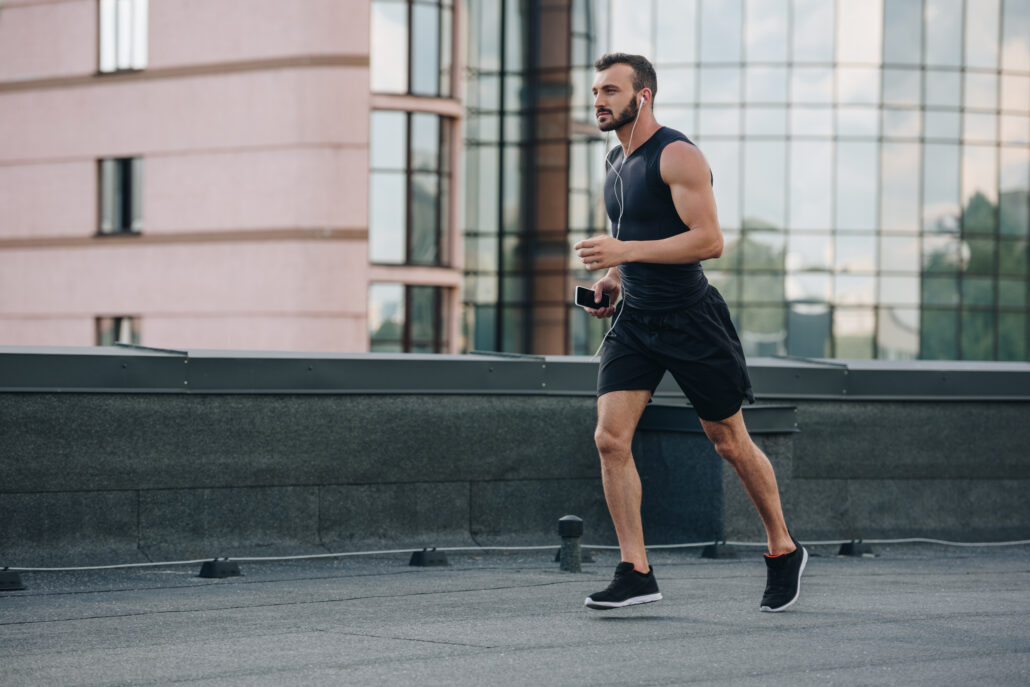
Strength training
Strength training exercises can also help address ED. Strength training and muscle building can build self-esteem and confidence in bed. And, as a nice side-effect, a firmer physique may be more attractive to your partner.
Try to do strength training exercises for all major muscle groups at least two times a week. (14) You can get this by working out at the gym, or you can try a body-weight training exercise program.
Weight loss
Being overweight is actually one of the biggest causes of ED (6). Excess fat seems to change body chemistry and lower testosterone which lowers men’s libido. Several studies have found that when overweight guys experience healthy weight loss, their erectile function improves. (15)
Combining a healthy diet and regular exercise is a good start for guys with a bit extra belly fat to lose some weight.
Additional lifestyle changes
Besides exercising and eating well, there are a number of lifestyle changes that can help you improve your health and sexual performance.
Reduce stress
Stress is known to reduce libido and is an erection killer. It also contributes to other poor health habits like excessive drinking and smoking. If you find ways to cope with your stress, you’ll remove one possible cause of ED.
There are lots of things you can do to combat stress. Consider strategies like starting a meditation routine, connecting regularly with friends, or even seeing a therapist.
Sleep
Sleep is one of the most important factors in health, especially as we age. Research shows that individuals who do not get adequate sleep—around 7 to 8 hours a night—are more likely to suffer from ED. Sleep apnea, a condition that keeps people from getting enough air as they sleep, which in turn causes them to continually wake up throughout the night, is an especially potent cause of ED. (16)
The solution? Get enough sleep.
The best way to get enough sleep is to create habits and routines that contribute to sleep hygiene. That includes going to bed at the same time every night, making your sleep environment comfortable, and removing distractions. If you suffer from sleep apnea, discuss treatment options with your doctor.
Communicate with your partner
Open, honest communication with your partner can help build a stronger relationship and enhance emotional closeness. And emotional closeness can lead to better sex. By expressing yourself, and especially expressing your sexual desires, you can increase sexual intimacy and improve your sexual experiences.

Therapy for Erectile Dysfunction
Sometimes even with the best care of your body, erectile dysfunction can occur. Luckily, there are lots of erectile dysfunction remedies.
Pills
You’re probably already familiar with sildenafil, or its trade name “Viagra”. Tadalafil, more commonly known as Cialis, is another oral treatment for ED. Both work by helping the blood vessels in the penis relax, allowing them to let more blood in. Both require sexual stimulation to work, and erections go away after sex. They are often effective treatments, but they may not work for everyone.
Medication injections
Medicated injections into the penis immediately before intercourse is an effective ED treatment. (17) There are several possible injections, including papaverine, phentolamine, prostaglandin E1 (PGE1), or alprostadil (Caverject, Edex, MUSE). Each of these work by causing smooth muscle in the penis to relax and blood to enter.
The Priapus P shot
The priapus p shot, also known simply as p-shots or the “P-shot”, is a different kind of injection. This form of therapy essentially involves taking plasma from a person’s own blood that is rich in platelets. That plasma is then injected into the penis. So rather than medicine, this injection uses material from a person’s own body.
Vacuum therapy
With vacuum therapy, a suction device is placed around the penis. It creates a difference in air pressure that draws blood into the penis. A ring placed at the base of the penis keeps the blood in and helps maintain the erection. The device can create an effective erection for about 30 minutes, after which the ring must be removed.
Hormone therapy
Hormone therapy, also known as hormone replacement therapy or HRT, is another potential way to beat ED. Testosterone plays a role in normal libido as well as in the erectile process. Men who have lower than normal testosterone may benefit from testosterone replacement therapy. This is especially the case for hypogonadal men with an ED diagnosis. (19)
Ultrasound therapy
It’s also possible to get ultrasound therapy for erectile dysfunction. This therapy involves sending low-intensity shockwaves, which causes microtraumas. The body then repairs the tissue and generates new blood vessels as it does so. Several studies have found that ultrasound therapy can result in improved blood flow for men with ED. (20)
Penile implant surgery
For stubborn cases of ED that fail other more conservative measures, guys can get a surgically-implanted penile prosthesis. This can either be semi-rigid or inflatable, and provide an ‘immediate’ erection when desired.
Using Precision Medicine
In addition to the general advice that’s good for everyone, there may be some specific ways that an individual can address their ED and increase libido.
Precision medicine is effective because it takes into account a person’s own specific genetic make-up. They complete a DNA test, which gives them insight into how their particular body chemistry works. This allows their doctor to tailor a health program directly to how their body is set up. Some providers, myself included, offer VIP lifestyle coaching that can be an effective way to address erectile dysfunction.
Conclusion: Don’t Let ED Get You Down
Sexual health isn’t just a nice to have—it’s incredibly important to our overall health. Sex can help us stay physically active, lower blood pressure, improve closeness with our partners, and even boost our immune systems. A healthy sex life is essential for our psychological well-being, too.

ED can be a major impediment to a man’s sexual health, but it doesn’t have to be. Guys can make changes to their lifestyle to help prevent ED, and there are a number of effective medical options to treat it.
It’s time to get empowered to take control of your health. Unlock the code to peak performance with the Male MethodTM to regain your energy, focus and confidence and feel like a man again.
We take a whole-body, epigenetic approach to health, focusing on all inputs and how they affect the human system. With the Male 2.0 Method, we utilize science-based precision medicine, personalizing your health based on your unique genetic blueprint. No more guessing!
We utilize cutting-edge age management protocols to reverse the aging process and expand longevity. And we track and leverage your biometric data using state-of-the-art wearable technology to truly optimize your health.
Ready to take the next steps?
Schedule a Call
**************************
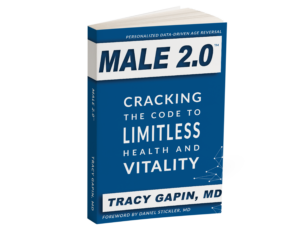 In Male 2.0™, Dr. Tracy Gapin has turned everything we once thought we knew about men’s health and performance upside down. The old model of how to be “a man” is broken. A man who works himself to death. Unfortunately, a man who tries to NOT get sick but isn’t really healthy either. And a man who takes a pill for every ill but is never really cured. That was Male 1.0. Now, imagine being THE MAN ─ owning your performance in the bedroom, the weight room, and the boardroom. Living a fully optimized life. Becoming limitless. This is Male 2.0! Available on Amazon.
In Male 2.0™, Dr. Tracy Gapin has turned everything we once thought we knew about men’s health and performance upside down. The old model of how to be “a man” is broken. A man who works himself to death. Unfortunately, a man who tries to NOT get sick but isn’t really healthy either. And a man who takes a pill for every ill but is never really cured. That was Male 1.0. Now, imagine being THE MAN ─ owning your performance in the bedroom, the weight room, and the boardroom. Living a fully optimized life. Becoming limitless. This is Male 2.0! Available on Amazon.
Tracy Gapin, MD, FACS is a board-certified Urologist, world renowned Men’s Health & Performance Expert, Author, and Professional Speaker. Using state-of-the-art biometric monitoring, nutrition and lifestyle intervention, Dr. Gapin coaches Fortune 500 executives and evolutionary leaders of business, sports medicine, and high performance. He specializes in cutting-edge precision medicine with an emphasis on epigenetics, providing men with a personalized path to optimizing health & performance. www.DrTracyGapin.com
Want more tips to optimize your health?
Listen to the latest podcasts. Click HERE
References
- Feldman, H. A., Goldstein, I., Hatzichristou, D. G., Krane, R. J., & McKinlay, J. B. (1994). Impotence and its medical and psychosocial correlates: Results of the Massachusetts Male Aging Study. The Journal of Urology, 151(1), 54-61.
- Çayan, S., Kendirci, M., Yaman, Ö., Aşçı, R., Orhan, İ., Usta, M. F., … & Kadıoğlu, A. (2017). Prevalence of erectile dysfunction in men over 40 years of age in Turkey: Results from the Turkish Society of Andrology Male Sexual Health Study Group. Turkish Journal of Urology, 43(2), 122.
- Quilter, M., Hodges, L., von Hurst, P., Borman, B., & Coad, J. (2017). Male sexual function in New Zealand: a population-based cross-sectional survey of the prevalence of erectile dysfunction in men aged 40–70 years. The Journal of Sexual Medicine, 14(7), 928-936.
- Giugliano, F., Maiorino, M. I., Bellastella, G., Autorino, R., De Sio, M., Giugliano, D., & Esposito, K. (2010). Erectile dysfunction: adherence to Mediterranean diet and erectile dysfunction in men with type 2 diabetes. The Journal of Sexual Medicine, 7(5), 1911-1917.
- Aldemir, M., Okulu, E., Neşelioğlu, S., Erel, O., & Kayıgil, Ö. (2011). Pistachio diet improves erectile function parameters and serum lipid profiles in patients with erectile dysfunction. International Journal of Impotence Research, 23(1), 32-38.
- Maiorino, M. I., Bellastella, G., & Esposito, K. (2015). Lifestyle modifications and erectile dysfunction: what can be expected?. Asian Journal of Andrology, 17(1), 5.
- Adamowicz, J., & Drewa, T. (2011). Is there a link between soft drinks and erectile dysfunction?. Central European Journal of Urology, 64(3), 140.
- Dhindsa, S., Miller, M. G., McWhirter, C. L., Mager, D. E., Ghanim, H., Chaudhuri, A., & Dandona, P. (2010). Testosterone concentrations in diabetic and nondiabetic obese men. Diabetes Care, 33(6), 1186-1192.
- Jang, D. J., Lee, M. S., Shin, B. C., Lee, Y. C., & Ernst, E. (2008). Red ginseng for treating erectile dysfunction: A systematic review. British Journal of Clinical Pharmacology, 66(4), 444-450.
- Brown, R. P., Gerbarg, P. L., & Ramazanov, Z. (2002). Rhodiola rosea: A phytomedicinal overview. HerbalGram, 56, 40-52.
- Reiter, W. J., Pycha, A., Schatzl, G., Pokorny, A., Gruber, D. M., Huber, J. C., & Marberger, M. (1999). Dehydroepiandrosterone in the treatment of erectile dysfunction: a prospective, double-blind, randomized, placebo-controlled study. Urology, 53(3), 590-594.
- Chen, J., Wollman, Y., Chernichovsky, T., Iaina, A., Sofer, M., & Matzkin, H. (1999). Effect of oral administration of high-dose nitric oxide donor L-arginine in men with organic erectile dysfunction: results of a double-blind, randomized, placebo-controlled study. BJU International, 83(3), 269-273.
- Harte, C. B. (2013). The relationship between resting heart rate variability and erectile tumescence among men with normal erectile function. The Journal of Sexual Medicine, 10(8), 1961-1968.
- Center for Disease Control and Prevention. (n.d.). How much physical activity do adults need? https://www.cdc.gov/physicalactivity/basics/adults/index.htm
- Dallal, R. M., Chernoff, A., O’Leary, M. P., Smith, J. A., Braverman, J. D., & Quebbemann, B. B. (2008). Sexual dysfunction is common in the morbidly obese male and improves after gastric bypass surgery. Journal of the American College of Surgeons, 207(6), 859-864.
- Zias, N., Bezwada, V., Gilman, S., & Chroneou, A. (2009). Obstructive sleep apnea and erectile dysfunction: still a neglected risk factor?. Sleep and Breathing, 13(1), 3-10.
- Duncan, C., Omran, G. J., Teh, J., Davis, N. F., Bolton, D. M., & Lawrentschuk, N. (2019). Erectile dysfunction: A global review of intracavernosal injectables. World Journal of Urology, 37(6), 1007-1014.
- Scott, S., Roberts, M., & Chung, E. (2019). Platelet-rich plasma and treatment of erectile dysfunction: Critical review of literature and global trends in platelet-rich plasma clinics. Sexual Medicine Reviews, 7(2), 306-312.
- Jacob, B. C. (2011). Testosterone replacement therapy in males with erectile dysfunction. Journal of Pharmacy Practice, 24(3), 298-306.
- Gruenwald, I., Appel, B., Kitrey, N. D., & Vardi, Y. (2013). Shockwave treatment of erectile dysfunction. Therapeutic Advances in Urology, 5(2), 95-99.

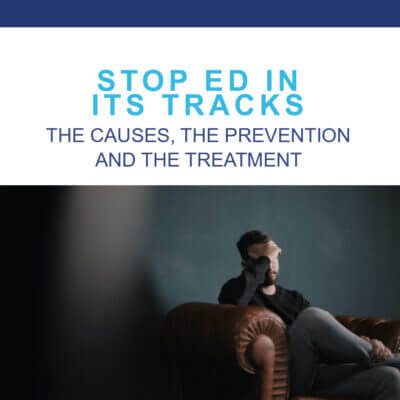
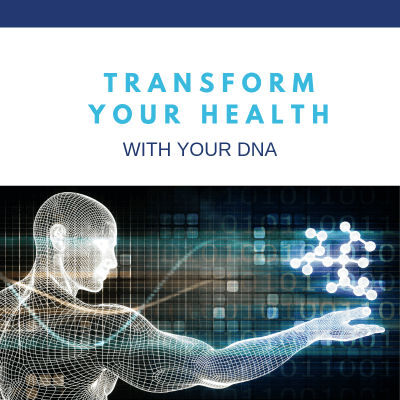
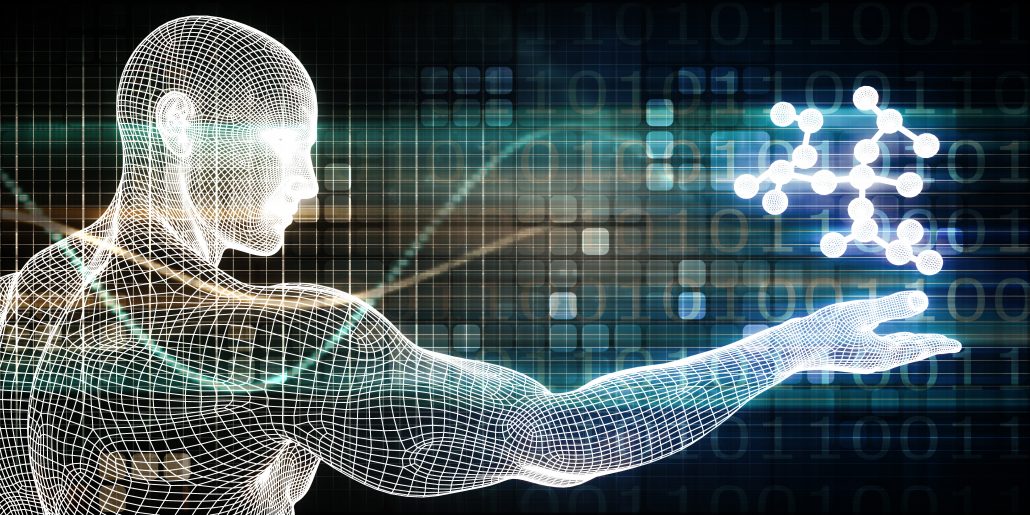
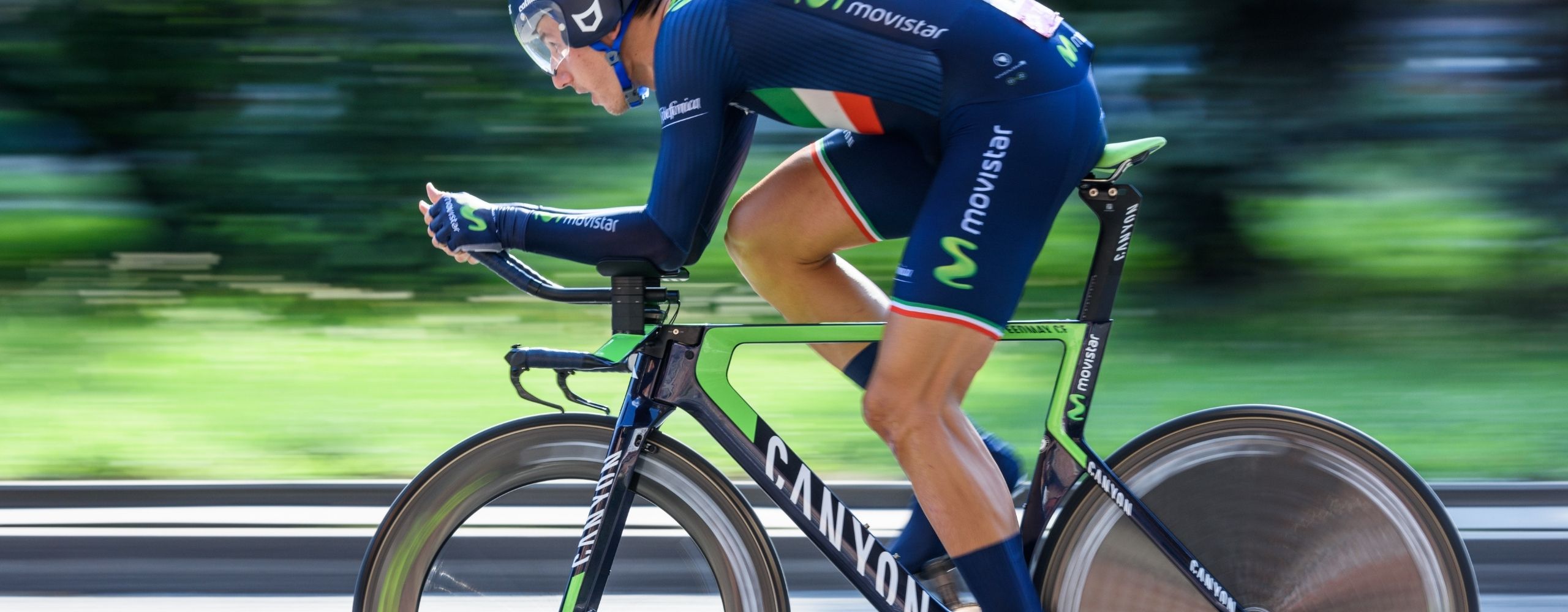
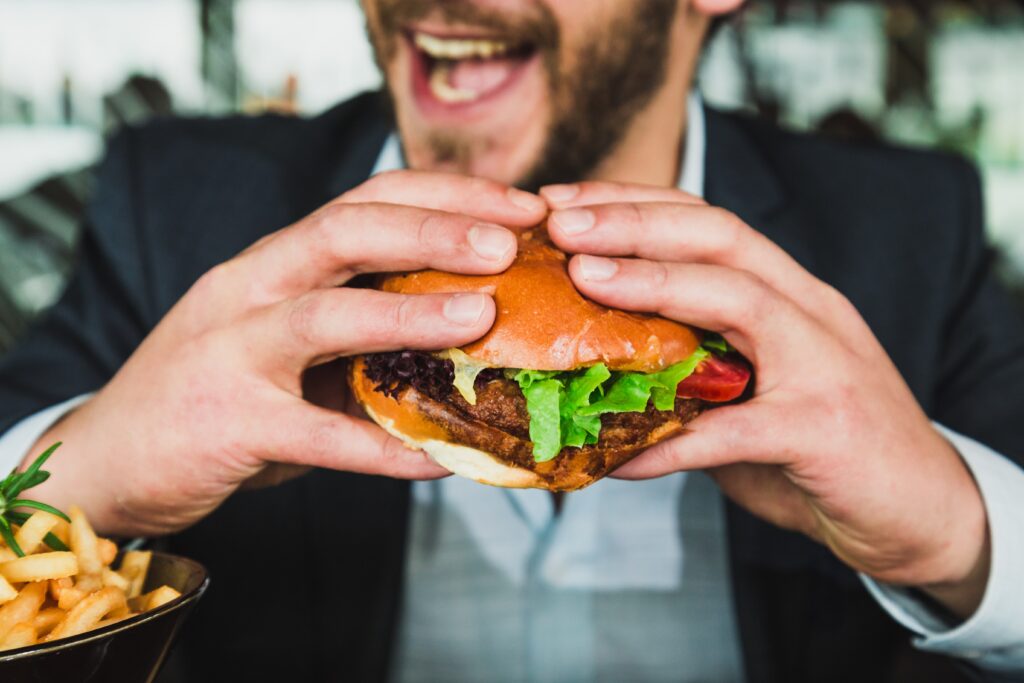
 In Male 2.0™, Dr. Tracy Gapin has turned everything we once thought we knew about men’s health and performance upside down. The old model of how to be “a man” is broken. A man who works himself to death. Unfortunately, a man who tries to NOT get sick but isn’t really healthy either. And a man who takes a pill for every ill but is never really cured. That was Male 1.0. Now, imagine being THE MAN ─ owning your performance in the bedroom, the weight room, and the boardroom. Living a fully optimized life. Becoming limitless. This is Male 2.0!
In Male 2.0™, Dr. Tracy Gapin has turned everything we once thought we knew about men’s health and performance upside down. The old model of how to be “a man” is broken. A man who works himself to death. Unfortunately, a man who tries to NOT get sick but isn’t really healthy either. And a man who takes a pill for every ill but is never really cured. That was Male 1.0. Now, imagine being THE MAN ─ owning your performance in the bedroom, the weight room, and the boardroom. Living a fully optimized life. Becoming limitless. This is Male 2.0!